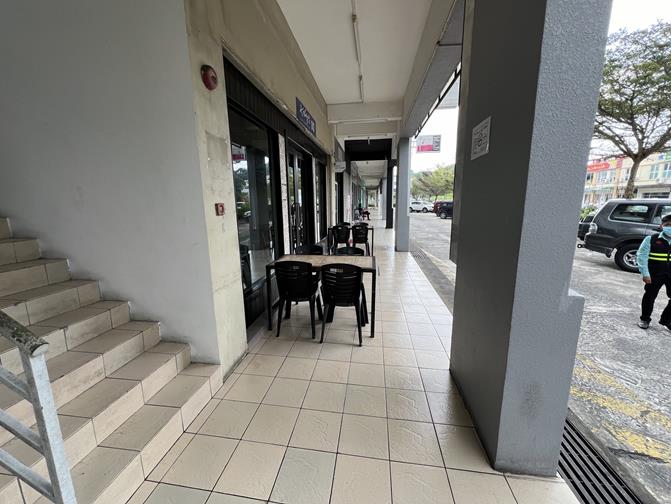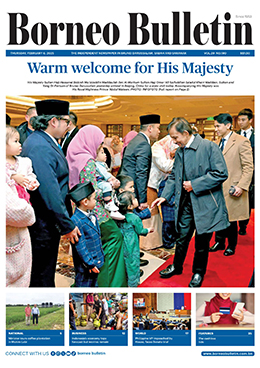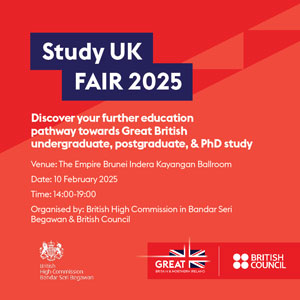The digital payment landscape in ASEAN is evolving rapidly, driven by increasing financial inclusion, e-commerce expansion, and the growing adoption of digital financial services (DFS).
Digital payments already constitute over 50 per cent of transactions across the region, with projections indicating a surge to USD416.60 billion by 2028.
Despite this momentum, regulatory fragmentation, interoperability issues, and security risks continue to challenge seamless integration.
DIGITAL PAYMENTS: A CATALYST FOR ECONOMIC GROWTH
According to a policy brief by the Economic Research Institute for ASEAN and East Asia (ERIA), authored by Manager for Digital Innovation and Sustainable Economy at ERIA, Mahirah Mahusin and Research Associate at ERIA, Hilmy Prilliadi, digital payments have played a transformative role in ASEAN’s financial ecosystem.
Citing research, in 2021, they accounted for 82 per cent of the region’s DFS revenue.
And by 2023, digital payments had become the dominant mode of transaction, accounting over half of transactions, reinforcing financial inclusion and supporting micro, small, and medium-sized enterprises (MSMEs).
Notably, e-wallets have significantly bolstered e-commerce, with Vietnam and Indonesia reporting 25 per cent and 39 per cent of transaction values via e-wallets, respectively.
In line with this progress, ASEAN has made considerable progress in fostering cross-border digital payments.
The Committee on Payment and Settlement Systems has spearheaded initiatives such as the ASEAN Payments Policy Framework for Cross-border Real-Time Retail Payments, finalised in 2019.
More recently, eight ASEAN member states (AMS) have signed a memorandum of understanding under the Regional Payments Connectivity initiative, facilitating cross-border QR code payments in countries including Cambodia, Indonesia, Malaysia and Thailand.
Additionally, integration efforts are extending to Hong Kong, India, and Japan, with potential region-wide expansion.
Parallel to these developments, ASEAN has introduced a local currency transaction framework to reduce reliance on the US dollar, addressing challenges such as thin liquidity, costly hedging tools and regulatory inconsistencies.
However, full-scale implementation requires further infrastructure development, regulatory harmonisation, and technological innovation.

ADDRESSING KEY CHALLENGES
Despite these advancements, ASEAN’s digital payment ecosystem faces significant hurdles that must be addressed to ensure seamless regional integration.
INTEROPERABILITY CONSTRAINTS
While nine AMS have adopted ISO 20022 for retail payment systems and eight have established national QR payment channels, some remain in the early stages of integration.
The lack of uniform adoption hinders the ASEAN Interoperable QR Code Framework’s full potential.
The expansion of interoperability beyond person-to-merchant transactions to merchant-to-merchant interactions requires standardised protocols and collaboration among providers to enable frictionless cross-border transactions.
SECURITY AND DATA PROTECTION RISKS
Ensuring digital payment security remains a critical challenge. As highlighted in the ASEAN Payments Policy Framework, digital transactions expose consumers to risks such as unauthorised data disclosure and fraud.
To mitigate these threats, DFS providers must prioritise advanced encryption, multifactor authentication and consumer education. Additionally, adherence to data privacy laws, transparency in service terms and efficient dispute resolution mechanisms are essential.
REGULATORY FRAGMENTATION
Diverse regulations across AMS present another obstacle to cohesive digital payment adoption.
Variations in foreign ownership limits, e-wallet spending caps and minimum capital requirements create inconsistencies.
Furthermore, FinTech-driven big data usage has outpaced regulatory developments, necessitating clearer guidelines to balance innovation with consumer protection.
REGULATORY MODELS: STRIKING A BALANCE
Globally, digital payment regulations vary between rules-based and principles-based models. The rules-based approach, as seen in India, provides clear compliance guidelines but may lack flexibility.
Meanwhile, the European Union and Singapore employ a principles-based model that encourages adaptability but can lead to regulatory inconsistencies.
ASEAN’s diverse economic structures and legal systems suggest a hybrid model – combining clear regulatory standards with adaptable implementation – would be most effective. Such an approach would harmonise high-level principles with local regulations, ensuring financial stability while fostering innovation.
POLICY RECOMMENDATIONS FOR SUSTAINABLE GROWTH
To address these challenges and enhance ASEAN’s digital payment ecosystem, ERIA’s policy brief outlines several key recommendations:
Enhancing Regulatory Harmonisation
Ensure that commitments under the ASEAN Digital Economy Framework Agreement (DEFA) align with AMS regulations and promote interoperability.
Establish a cross-sectoral coordination platform for finance, trade, and competition authorities to drive regional digital connectivity efforts.
Strengthening Technical Infrastructure
Develop a unified technical framework for payment interoperability, including standardised QR codes and real-time settlement systems.
Encourage the use of application programming interfaces (APIs) to foster seamless integration and innovation in digital payments.
Improving Consumer Protection and Security
Implement unified security protocols, including advanced encryption technologies, regular security audits, and robust incident response mechanisms.
Ensure transparent digital payment regulations, outlining licensing requirements and technical standards for service providers.
Introduce automated dispute resolution systems, such as chatbots, for small-value transactions to enhance consumer confidence.
By adopting these measures, ASEAN can establish a more integrated, secure, and efficient digital payment ecosystem.
As the authors noted, “A well-regulated and harmonised digital payment landscape will be instrumental in driving ASEAN’s economic growth, enhancing financial inclusion, and supporting digital transformation.” – Wardi Wasil















